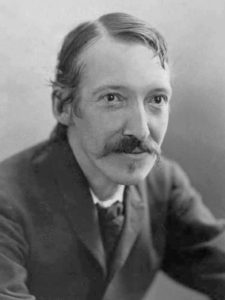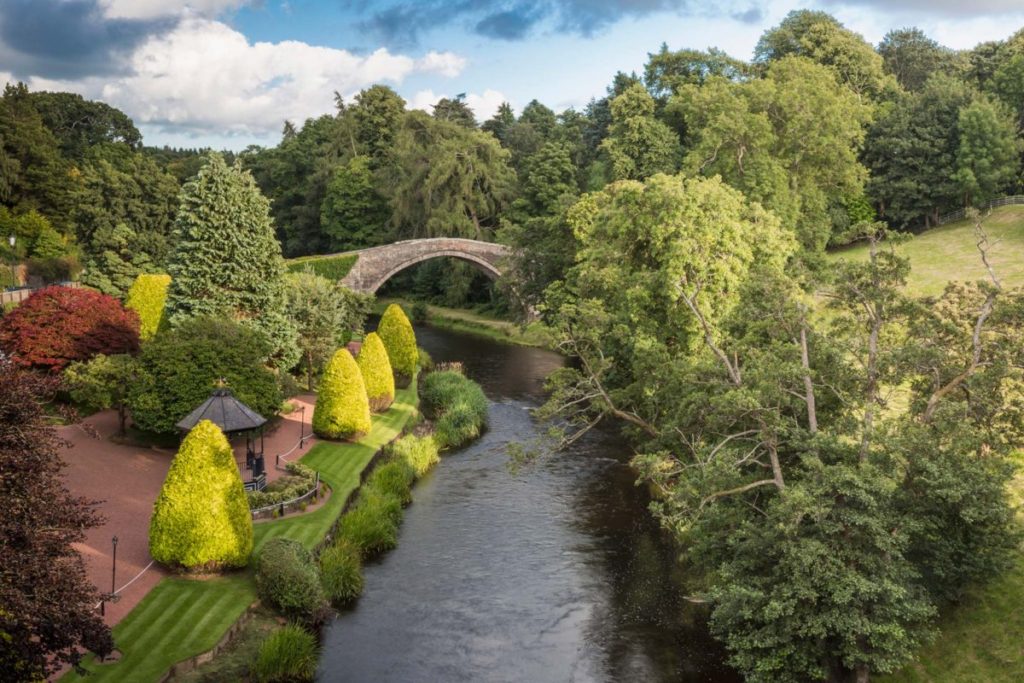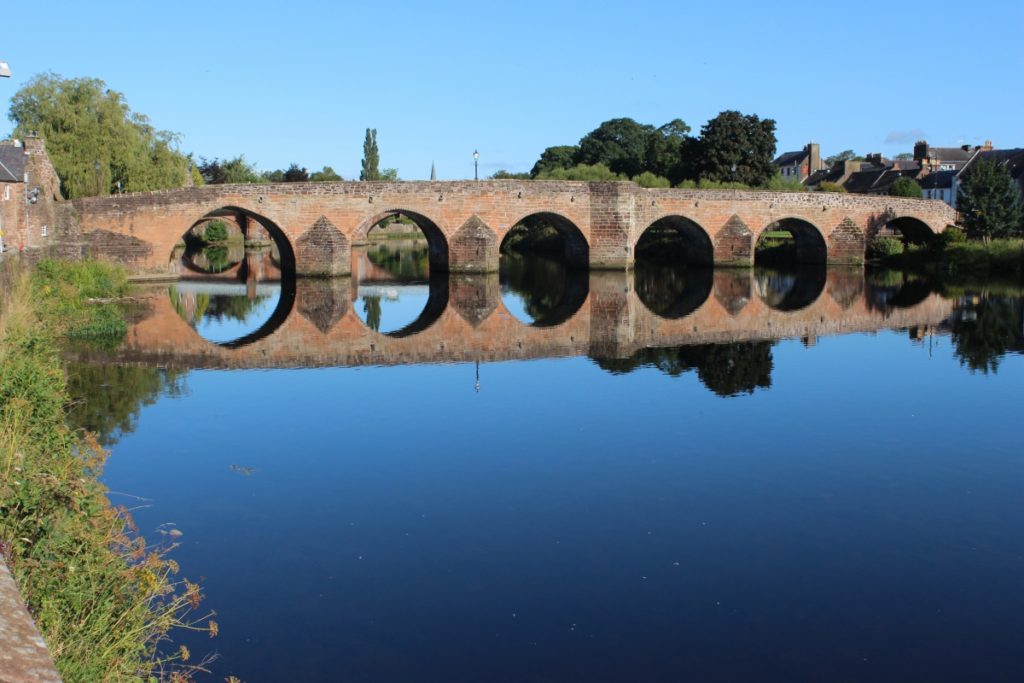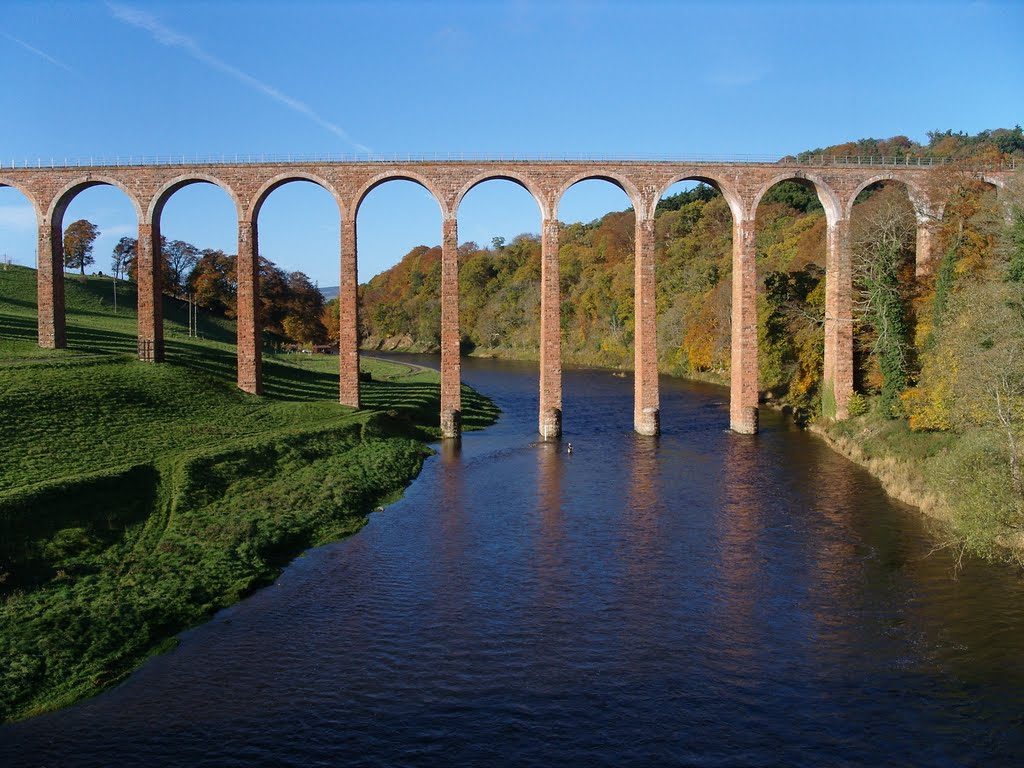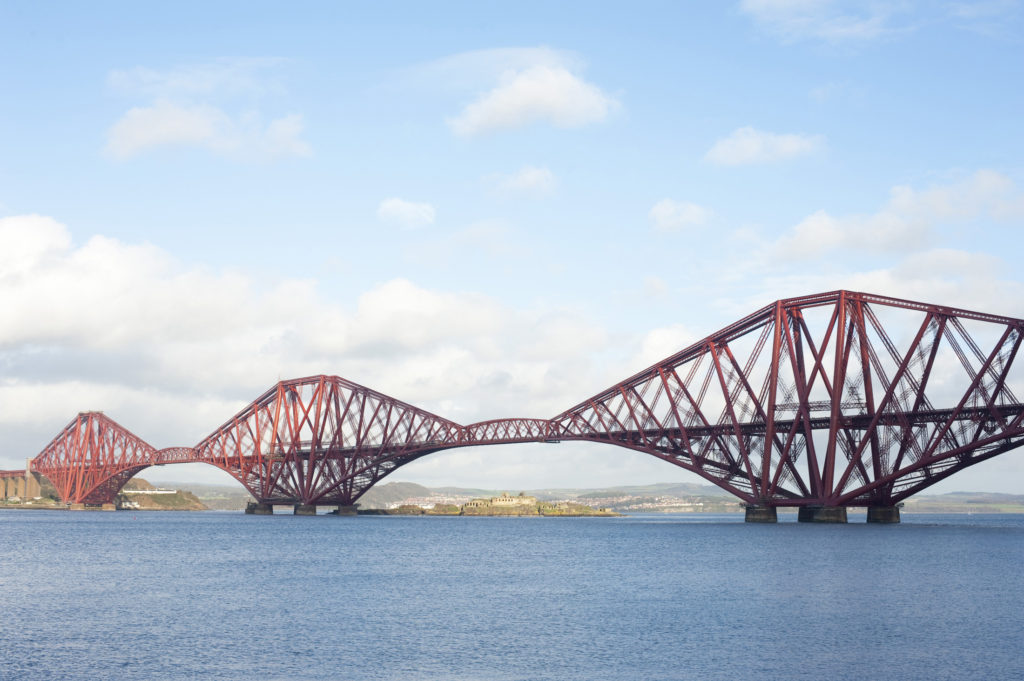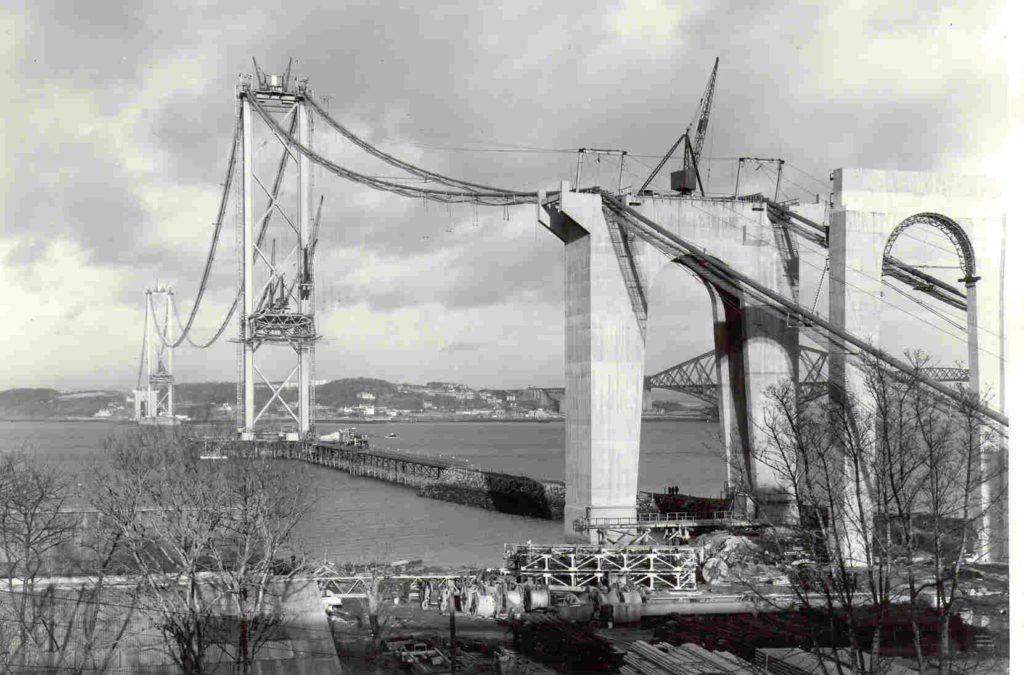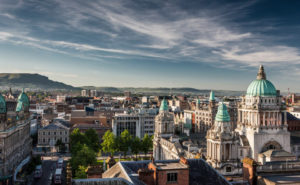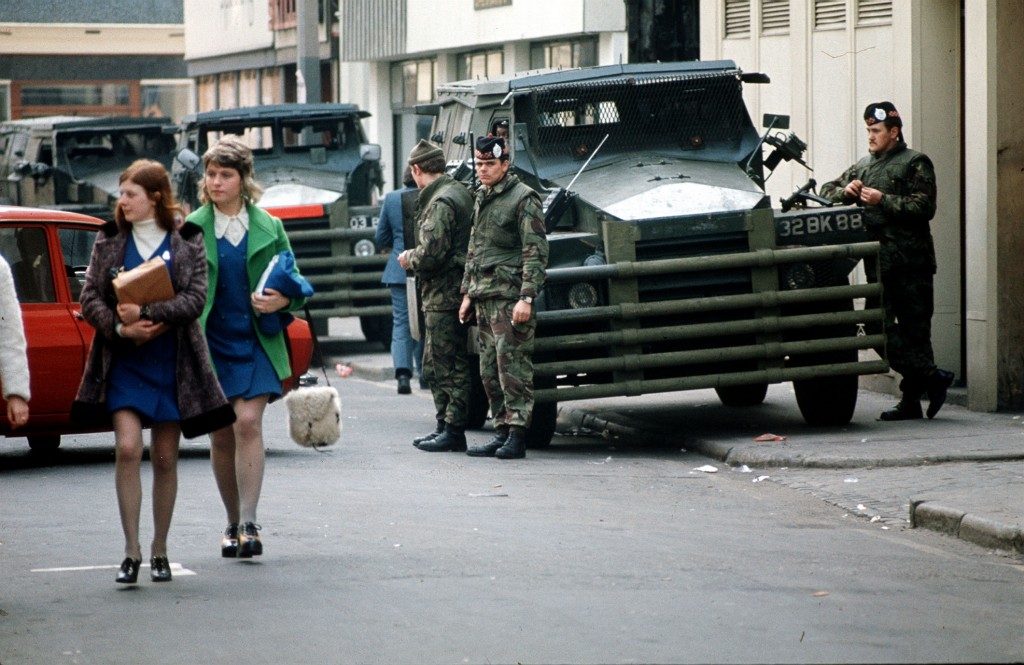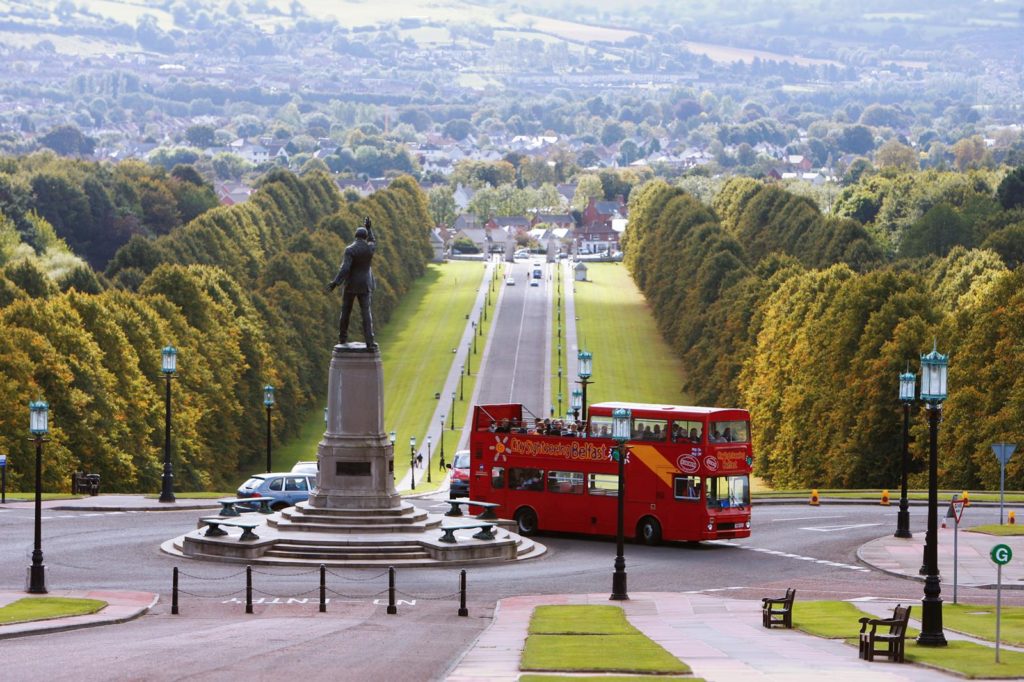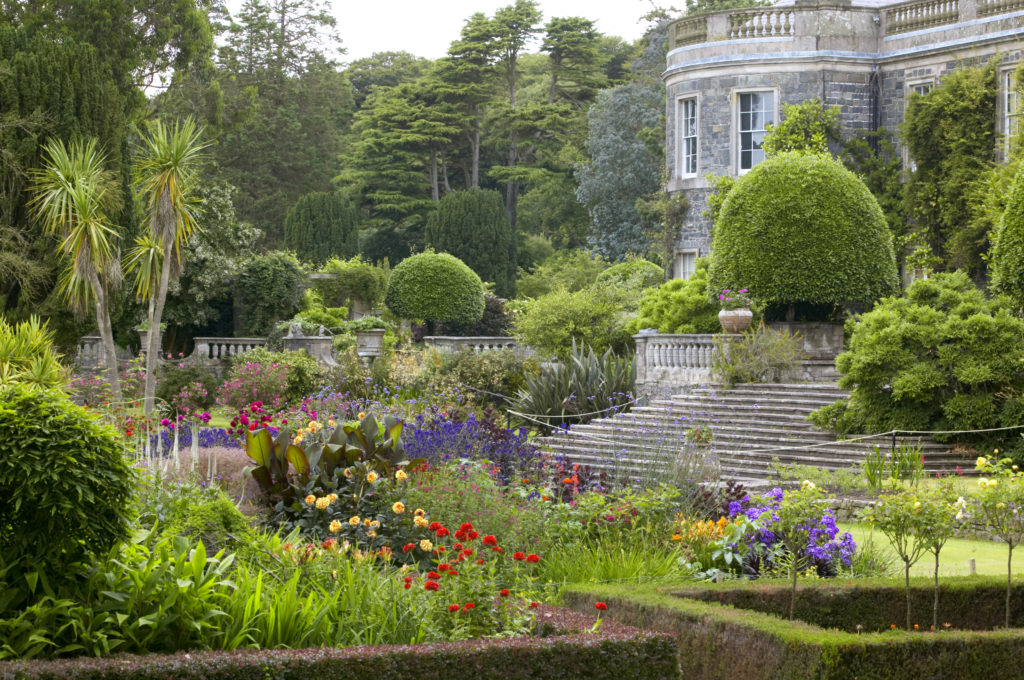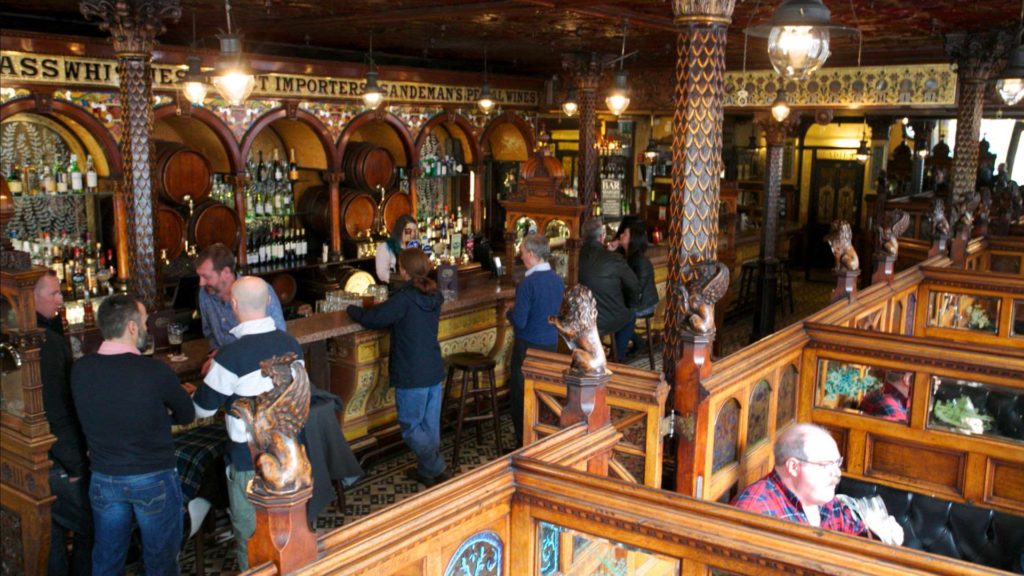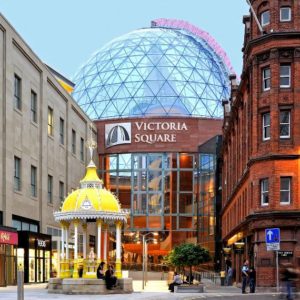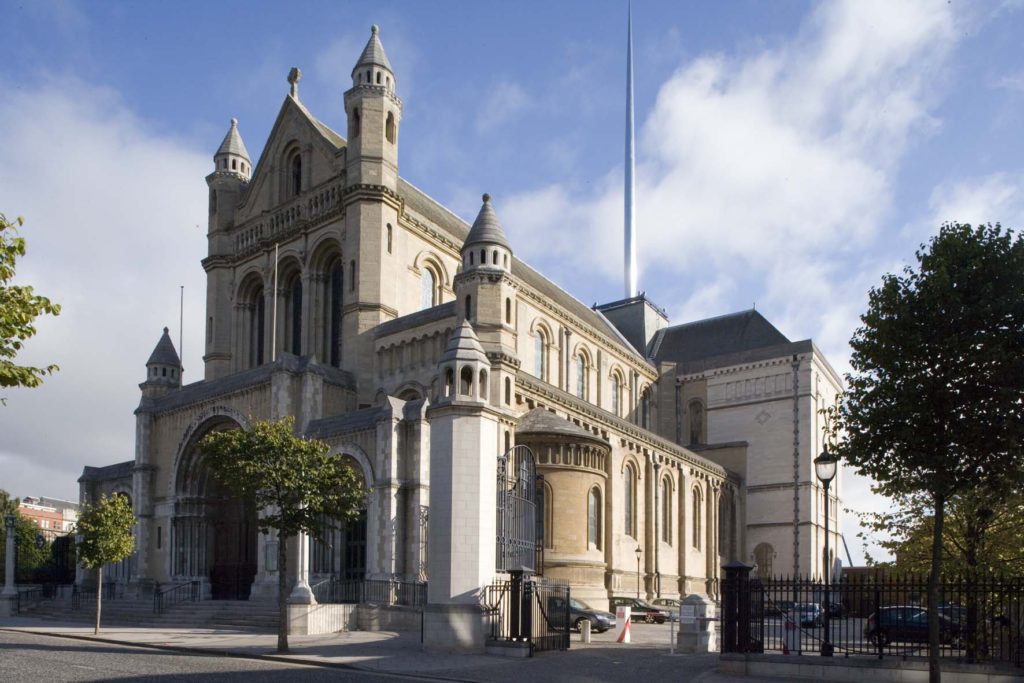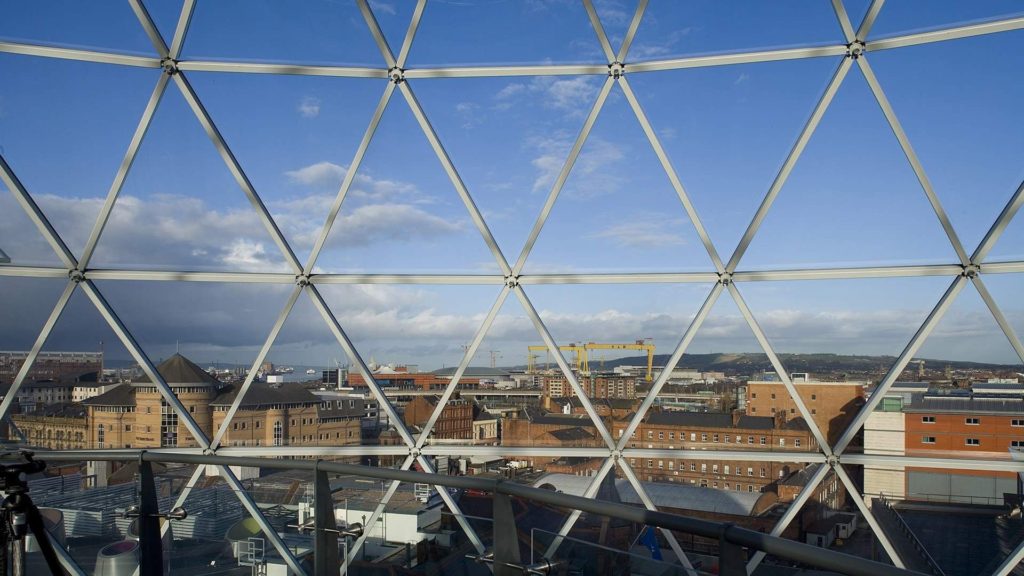Here are some short notes about our upcoming trip—a mixture of advice, suggestions, things I’ve been thinking about, and excitement!

Things To Do in Melrose
We are staying for three nights in Melrose, Scotland, while investigating all things Sir Walter Scott. I sometimes fantasize about moving to this lovely Scottish Borders town that grew up around Melrose Abbey in the twelfth century. Surrounded by the Eildon Hills (supposed burial place of King Arthur) on the River Tweed, the town boasts not only Scott but several famous Rugby players and an Australian suffragist, Catherine Spence, as its former denizens. Our sister hotels—Burt’s Hotel and the Townhouse Hotel—are across the narrow main street from each other and very close to everything else in town. Restaurants and shops abound—our hotel restaurants rate #3 and #4 on Tripadvisor’s “Best of Melrose” list—and you could do no better than take an afternoon stroll around the town, visit Melrose Abbey, make a few purchases at the craft shop, and stop for a coffee or tea at the Old Melrose Tea Rooms and Bookshop or one of the several cafes nearby.

While there are a number of interesting castles, manor houses, and other historical sites in the region that would make good day trips from Melrose, you don’t have to leave town to fill your free time. There are two lovely gardens in the town, Priorwood and Harmony, the latter run by the National Trust for Scotland, and a small but famous museum of artifacts from a nearby Roman fort called the Three Hills Trimontium Museum.
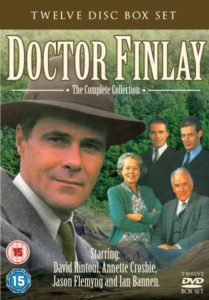 Dr. Finlay
Dr. Finlay
Speaking of small, delightful Scottish villages, my husband and I recently binge-watched the Doctor Finlay series, a BBC production made in the 1990s that takes place in the fictional “Tannochbrae,” a village very much like what Melrose must have been in the era following World War II. Dr. Finlay (David Rintoul) returns home from the war to rejoin the practice of Dr. Alexander Cameron (Ian Bannen) and his housekeeper-receptionist, Janet MacPherson (Annette Crosbie). This beautifully scripted series takes up many issues of the those times and ours and has a satisfying four seasons (twenty-seven episodes) to keep you busy. The series offers great insights about life in Scotland and so much more. Ron and I wanted twenty-seven more episodes when we reluctantly viewed the final one. (I watched the series on Acorn, a streaming service that is part of Amazon.)
A History of Scotland with Neil Oliver
While we’re on the subject of binge-watching, I recommend another BBC production, A History of Scotland with Neil Oliver, ten one-hour episodes first broadcast by BBC One in 2008-10. I have the DVDs, 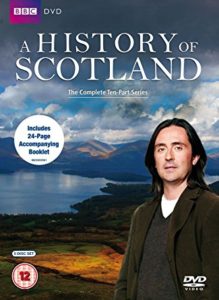 but the series may be available to stream or as a download. Though there’s a lot of Neil Oliver walking around on bleak, windy braes, this documentary is full of information and insight and was well received in Scotland.
but the series may be available to stream or as a download. Though there’s a lot of Neil Oliver walking around on bleak, windy braes, this documentary is full of information and insight and was well received in Scotland.
Food!
I have always eaten very well in Scotland, but the real joy of food there is the vast array of adorable names for various dishes. Haggis, you know, but what about cullen skink? Cranachan? Clootie, tablet, clapshot, bannock, rumbledethumps, skirlie, crowdie, bridie, collops, and stovies? Hint: at least five of these involve potatoes!

I am going to recommend to you one Scottish food item that has a perfectly understandable name. The people of the United Kingdom from Cornwall to Shetland really understand dessert–they call all desserts “pudding” in some places– and are not afraid to consume a little sugar. We all know that shortbread is a Scottish specialty; even though the ingredients and cooking process are quite simple, people in Scotland compete with each other for the best recipe (I’ve witnessed this). But have you ever had “millionaire’s shortbread”? Name the three best things about dessert: shortbread, caramel, and chocolate, right? A piece of millionaire’s shortbread has all three in equal proportion, and in that order, with the chocolate on top. Ron and I tried one when we stopped for coffee on a long drive to the Isle of Mull one summer. We were going to share, but after one bite we ordered a second one. Wow.
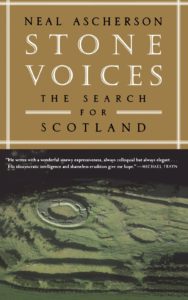 Bookshelf
Bookshelf
Besides the literature itself, two books stand out in my study of Scotland and Scottish literature. Stone Voices: The Search for Scotland by Neal Acherson (Hill and Wang 2002) is a Scotsman’s meditation on his native land and on what it means to be Scottish. The beautifully written book is full of history, contemporary observations, and reflection. I learned more about Scotland—and more that I couldn’t learn anywhere else—from this book than from any other source. Stuart Kelly’s Scott-Land: The Man Who Invented a Nation (Polygon 2010) makes the case that Sir Walter Scott invented 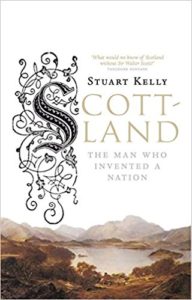 Scotland and does so with great verve, as well as considerable erudition. You don’t have to have read Scott’s novels to enjoy this lively and insightful look at the man and his unique legacy.
Scotland and does so with great verve, as well as considerable erudition. You don’t have to have read Scott’s novels to enjoy this lively and insightful look at the man and his unique legacy.
Travel Tips
Some of you have asked about electricity, money, what to wear, etc. Don’t forget that I’ve posted a handout on this subject under “Trip Basics” (to find this page look at the top under the main picture to the right). To reiterate a few things, Ireland, Northern Ireland, and Scotland (and the rest of the UK) all use the same power plug adapter, pictured here. Hotels will have them, but it’s always nice to bring your own. Just don’t leave them plugged into the wall when you check out of the hotel, as I often do.
AMEX, VISA and MasterCard are the main credit cards accepted, with AMEX accepted on a much more limited basis than in the US.
MasterCard are the main credit cards accepted, with AMEX accepted on a much more limited basis than in the US.
I get money from ATM machines in both Northern Ireland and Scotland. Don’t load up on British Sterling in NI–use it up before we leave for Scotland. Even though Northern Ireland bank notes are legal tender in Scotland, because banks print the money, NI money is often rejected on mainland UK. The people of Northern Ireland get very annoyed by this, and so do travelers. See the ten pound notes below: the first note is from the Danske Bank and was printed in Northern Ireland (yes, it’s a Danish bank!); the second was printed in Scotland by the Royal Bank of Scotland; the third is the newest member of the ten pound note family, printed in England by the Bank of England.





